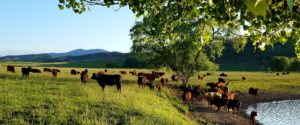What’s said at Cow Camp stays at Cow Camp. Except here.

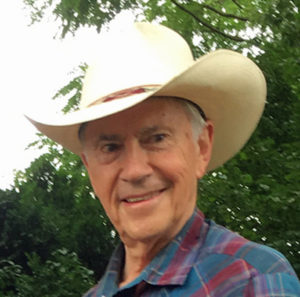 The owner of the White Stallion Ranch in Tucson, Arizona, Russell True, interviewed me on his “Cowboy Up” podcast on February 19, 2021. We talked about the historic characters in my novels, our family’s Sylvan Dale Guest Ranch where I grew up, using grass-fed cattle to improve the landscape, the Big Thompson River floods, and my teen-age trauma with Baronet Bars, our breeding-compromised quarter horse stallion.
The owner of the White Stallion Ranch in Tucson, Arizona, Russell True, interviewed me on his “Cowboy Up” podcast on February 19, 2021. We talked about the historic characters in my novels, our family’s Sylvan Dale Guest Ranch where I grew up, using grass-fed cattle to improve the landscape, the Big Thompson River floods, and my teen-age trauma with Baronet Bars, our breeding-compromised quarter horse stallion. 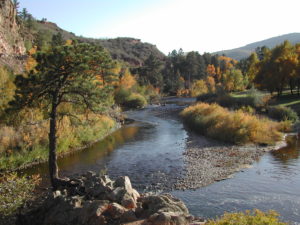
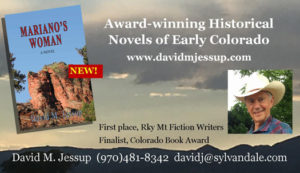
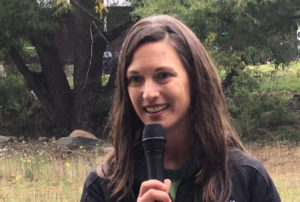
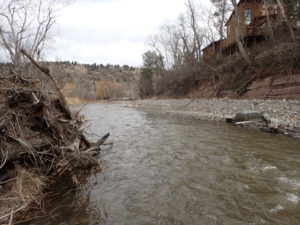
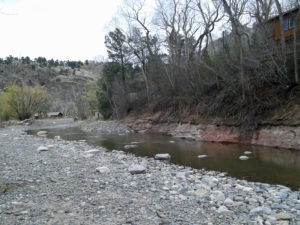
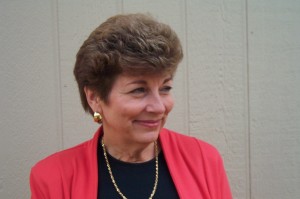 In going through my wife’s old (unpublished) poems, I came across another I really like:
In going through my wife’s old (unpublished) poems, I came across another I really like: My talented daughter,
My talented daughter, 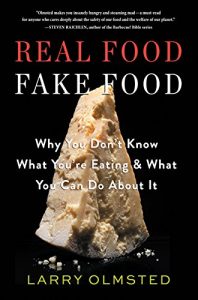 Our ranch’s 100 percent grass-fed beef got favorable mention in Larry Olmstead’s new book contrasting fraudulent food practices with “real food.” I’m bemused by the “real cowboy with a taut build and sun-weathered skin” who took the author on a tour of Sylvan Dale. Larry Olmstead is the travel and food writer for Forbes Magazine, and his research on food industry fraud has been featured on CBS, Time, USA Today and NPR. The excerpt is quoted below:
Our ranch’s 100 percent grass-fed beef got favorable mention in Larry Olmstead’s new book contrasting fraudulent food practices with “real food.” I’m bemused by the “real cowboy with a taut build and sun-weathered skin” who took the author on a tour of Sylvan Dale. Larry Olmstead is the travel and food writer for Forbes Magazine, and his research on food industry fraud has been featured on CBS, Time, USA Today and NPR. The excerpt is quoted below: